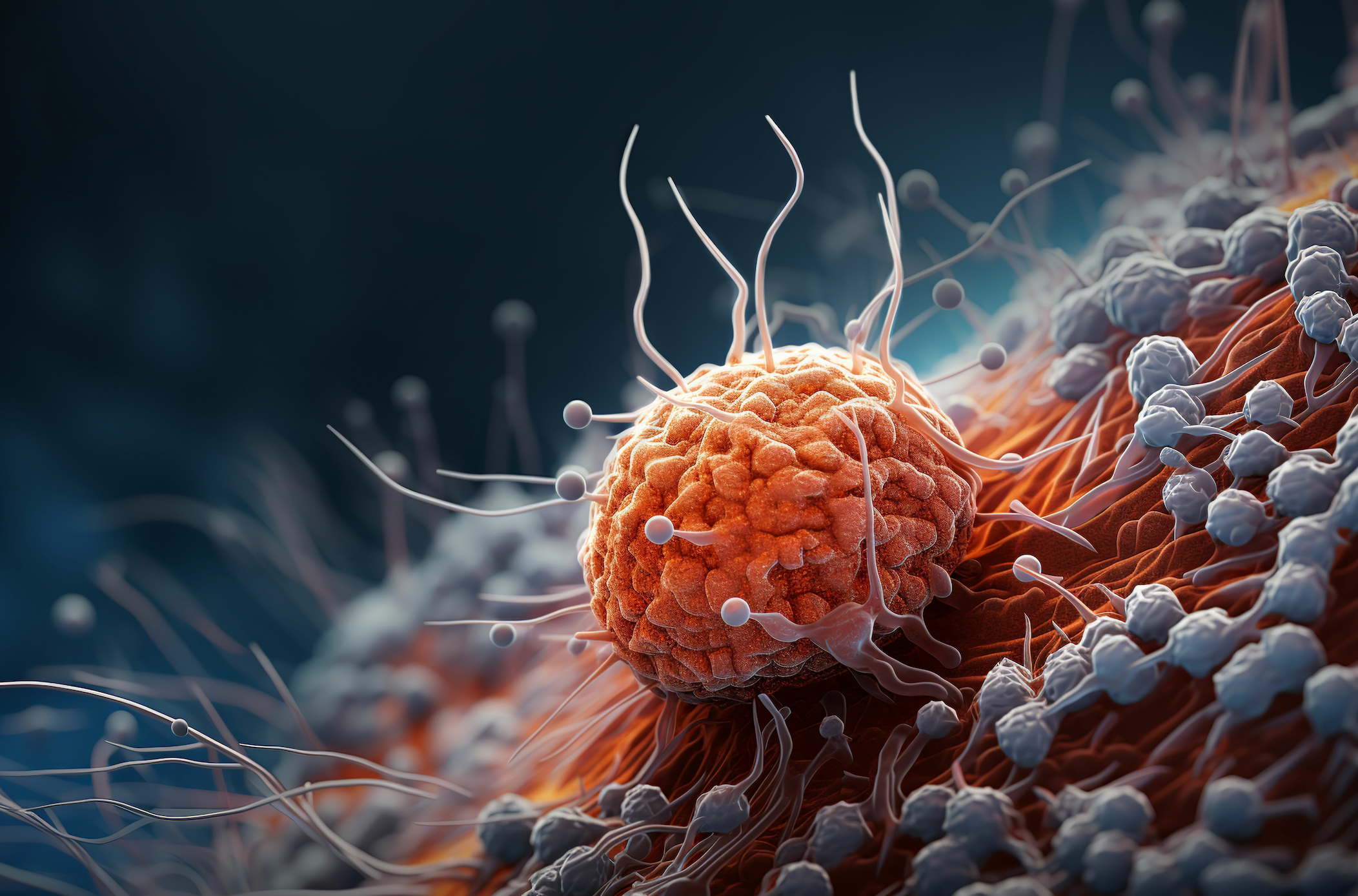FDA Accepts Type C Meeting for Doxorubicin-MNA in Basal Cell Carcinoma of the Skin
D-MNA achieved complete clinical clearance in 60% of patients, with no dose-limiting toxicities or serious adverse effects observed in those with basal cell carcinoma of the skin.
D-MNA achieved complete clinical clearance in 60% of patients, with no dose-limiting toxicities or serious adverse effects observed in those with basal cell carcinoma of the skin.

The FDA has accepted a Type C meeting request to formally discuss the product development of a doxorubicin-containing novel microneedle array (D-MNA) and gain further alignment on the agent’s clinical pathway in the treatment of basal cell carcinoma of the skin, according to a press release from the developer, Medicus Pharma Ltd.1
The developer submitted their request in writing and anticipates a response from the FDA before the end of Q3 2025.
The SKNJCT-003 Trial
It was also announced that the phase 2 SKNJCT-003 trial (NCT06608238) has randomly assigned more than 75% of the 90 patients expected to be in the study.
SKNJCT-003 was a double-blind, randomized, placebo-controlled study that evaluated the safety and efficacy of D-MNA administered as an intradermal injection in patients with nodular basal cell carcinoma.
In March 2025, an interim analysis from the trial revealed complete clinical clearance of more than 60% of the patients enrolled in the trial and that D-MNA was well tolerated at both dose levels, with no dose-limiting toxicities or serious adverse effects.2 Additionally, no systemic effects or clinically significant abnormal findings in vital signs, laboratory parameters, electrocardiograms, and physical examination were observed.
The trial randomly assigned patients, in a 1:1:1 ratio, to one of 3 treatment arms. In the first arm, patients received a placebo comparator intradermal patch given once weekly for 2 weeks; in the second arm, patients received a low dose, 100 μg, of D-MNA intradermal patch given once weekly for 2 weeks; and in the third arm, patients received a high dose, 200 μg, of D-MNA intradermal patch given once weekly for 2 weeks.3
Patients were eligible for inclusion in the trial if they were men or nonpregnant women who had a clinical diagnosis of primary, previously untreated, histologically confirmed nodular basal cell carcinoma lesion suitable for excision with a minimum diameter of 0.5 cm and a maximum longest diameter of 1.3 cm at the time of biopsy. Additionally, patients were required to refrain from exposure to excessive direct sunlight or UV light and to receive the test article treatments, comply with study instructions, and commit to all follow-up visits.
Exclusion criteria included nodular basal cell carcinoma located on the face, scalp, digits, mucosa, or skin that was scarred or previously treated with radiation; history of nodular basal cell carcinoma lesion recurrence or basal cell nevus syndrome; active malignancy, excluding nonmetastatic prostate cancer; receipt of systemic chemotherapy agents within 12 months prior to baseline; and sensitivity to any ingredients in the test articles.
The trial’s primary end point is the histological clearance of the target lesion, defined as the proportion of participants with complete histological clearance of the target lesion at visit 5. The secondary end point was the clinical clearance of the target lesion.
The SKNJCT-001 Trial
The phase 1 SKNJCT-001 trial was the safety and tolerability study used to identify the maximum tolerated dose of D-MNA in patients with superficial or nodular basal cell carcinoma, which was found to be 200 μg.
Per the efficacy data, the product elicited complete responses, defined as the disappearance of basal cell carcinoma histologically in the final excision at the end of the study visit, in 6 patients; all 6 patients had the nodular subtype of basal cell carcinoma.
Regarding safety, a total of 13 patients were enrolled across all dose levels and no dose-limiting toxicities or serious adverse effects were identified. No systemic effects or clinically significant abnormal findings in laboratory parameters, physical examinations, vital signs, and electrocardiograms were observed.
D-MNA was evaluated at 25 μg, 50 μg, 100 μg, and 200 μg.4
The trial’s primary end point was the number of participants with dose-limiting toxicities as assessed by the local skin response grading scale. The secondary end point was the number of participants with a complete response of eradicated basal cell carcinoma as measured by histological analysis.
References
- Medicus Pharma Ltd. provides update on doxorubicin containing novel microneedle array (D-MNA) clinical development program for the treatment of basal cell carcinoma (BCC) of the skin and reports second quarter 2025 financial highlights. News release. Medicus Pharma Ltd. August 21, 2025. Accessed August 22, 2025. https://tinyurl.com/ysfusn94
- Medicus Pharma provides update on SKNJCT-003 phase 2 clinical study for the treatment of nodular basal cell carcinoma (BCC). News release. Medicus Pharma Ltd. April 21, 2025. Accessed August 22, 2025. https://tinyurl.com/38jdfm4y
- The purpose of this study is to evaluate the safety and efficacy of D-MNA in adult patients with nodular basal cell carcinoma. ClinicalTrials.gov. Updated September 23, 2024. Accessed August 22, 2025. https://tinyurl.com/3fvpsrx3
- Dose escalation trial to evaluate dose limiting toxicity/maximum tolerated dose of microneedle arrays containing doxorubicin (D-MNA) in basal cell carcinoma (BCC). ClinicalTrials.gov. Updated March 12, 2024. Accessed August 22, 2025. https://tinyurl.com/328jzzvh